Simply communicate’s latest SMiLE (Social Media inside the Large Enterprise) conference took place in London last week for comms pros to learn about all things enterprise social network related, intranets and much more.
It included an ‘App Fair’, reflecting the rise and rise of apps for internal comms. I asked Charles Fenoughty, Head of Digital at internal communications agency Sequel Group, to write his thoughts on the day to share with you.
#SMiLELondon was attended by around 200 comms pros and included discussions about enterprise social networks (ESNs), how companies are working smarter to improve their internal communication, intranets, and much more.
Over to you Charles…
With the development of Sequel Group’s own app framework, App:IC , I was interested to see the different app solutions available in the industry and how companies are using apps to engage with employees.
Here are the general tips I picked up from the speakers:
- Training is crucial
- Get the potential users input at design stage
- Don’t give up
- Make it functional
- Get senior buy-in (from more than one project sponsor if you can)
- Plan for change
- Consider the whole digital workplace
- User champions
- Plan, plan and plan again
- Define your purpose
- Don’t forget external
The tears and triumphs of launching enterprise apps:
Dave Shepherd from Barclays discussed the bank’s employee app, MyZone.
 The lack of email for branch employees means the app is a way to ‘give a voice to the voiceless’. They’ve had a great response to the app, with 43,000 staff using it, and 2,000 left to go.
The lack of email for branch employees means the app is a way to ‘give a voice to the voiceless’. They’ve had a great response to the app, with 43,000 staff using it, and 2,000 left to go.
(You can read about the app via simply-communicate – Rachel)
- Training and support is crucial – Initially Barclays tried to distribute tablets into all bank branches but many were used incorrectly or left in boxes. Staff needed support to get used to and see the value in the technology.
- Co-designing creates more power and interest –Employees have come forward and developed their own ideas for apps and some are now attending app development courses so they can help build new internal apps for Barclays.
Next was Paul Thomas, who spoke about Grant Thornton’s social network, the deliciously named Jam.
(Read more about Jam via simply-communicate’s case study – Rachel).
- If at first you don’t succeed – Having tried unsuccessfully to implement a home-grown network, Grant Thornton is now using Jive. This has been largely successful, with 86% of the company now ‘active’ users.
- Make the technology fit for purpose – Let the intended users tell you what they want. Jam is an open platform where anyone can create a ‘group’; though this requires some monitoring from the comms team, it means users can have the conversations that they want to have.
- Get senior buy in – After Jam was launched, user numbers grew organically, but a large section of the senior partners weren’t involved. The turning point came at the company’s Partner Conference, where the comms team posted updates about the event, gaining the attention of those on Jam and – importantly – the 200 partners in attendance.
Marc Jadoul of French telecommunications company Alcatel Lucent discussed their social platform Engage which, like Jam, is built on Jive.
- Plan for change – Engage’s progress has followed a similar path to Gartner’s (technology) hype cycle, with the company currently moving through the ‘trough of disillusionment’, where strategies and ideas evolve on from initial plans for the platform.
- Collaborate with your other platforms – The introduction of an ESN had an impact on the company’s existing intranet, with the old platform now being seen as a place to store documents and the ESN as the ‘conversation environment’. Marc sees it as a waste of time to shoot for one platform that does it all; channels should instead complement one another.
Jean-Paul Chapon from Société Générale spoke about internal platform SG Communities.
- Champion the platform – Société Générale used champions for six months after launching the platform, gaining 3,000 users during that time. They then launched SG Communities to the entire company, so new users ‘arrived in something that was already populated’.
- Give your employees a voice – In a first internal crowdsourcing exercise, called PEPS!, they asked employees to share their thoughts about ways of working, customer relations and technology, and are now putting some of the more feasible ideas into action.
 Claire Goring and Laura Jennings from Dentsu Aegis Network have successfully used their internal network to aid, and in some cases, gain client work.
Claire Goring and Laura Jennings from Dentsu Aegis Network have successfully used their internal network to aid, and in some cases, gain client work.
Neon is a single uniting platform that covers more than 60 local brands and eight global networks across 110 countries and 23,000 people.
- Remember the importance of planning – After the Board approved the budget for Neon, they carried out six months of research to truly find out what people wanted. Neon’s look, feel and usability have a real strategy to lean on.
- Know your purpose – The process of bringing so many existing networks under the Neon umbrella is being done carefully and efficiently, with the aim of eventually creating a ‘one stop shop’ for employees. Every time Neon is launched in a new city or new market the team make a celebration of it to drive interest and engagement.
- Networks should benefit external as well as internal – The platform has helped to deal with time zone barriers by allowing employees to find global solutions for clients through cross market collaboration. When one team finishes work for the day, another team just starting their day can pick up the work. From a business perspective, the value of Neon in terms of ROI is clear. Claire and Laura gave another example of a client that was so impressed when Neon was mentioned during a pitch, particularly how it allowed them to effectively work with Dentsu’s global team that it helped them to win one of the largest pitches the organisation had this year.
Take-away from the day:
 Apps should form part of the overall mix and small functions for dedicated audiences can keep costs down. Don’t create a Rolls Royce for your company when a Mini for the department will do. But most importantly, consider how they fit within the overall digital workplace.
Apps should form part of the overall mix and small functions for dedicated audiences can keep costs down. Don’t create a Rolls Royce for your company when a Mini for the department will do. But most importantly, consider how they fit within the overall digital workplace.
If you’d like to talk to Charles (pictured) about apps, please email Charles.fenoughty@sequelgroup.co.uk.
Thanks for sharing your impressions from the day Charles. Did you go to #SMiLELondon? What did you think of the case studies you heard? I dialled in remotely via the Live Link for the final part of the day, so my thanks to Charles for capturing the whole day for those of us who missed it.
I spotted comms pro Tony Stewart @TSDigi recorded a short video from the event, which I thought I’d share with you here. Tony works at NBC Universal and here’s his five minute take on what he heard – and he proves his own point about how easy videos are to use for on-the-spot comms:
Here’s a video that was compiled on the day:
Gloria at Simply-Commmunicate has created a Storify from #SmileLondon – the hashtag was trending in the UK last week as it was being used so much throughout the day, do take a look through to see all the tweets.
Want to know what events are coming up for comms pros? See my comms calendar.
Thank you for stopping by
Rachel
Post author: Rachel Miller and Charles Fenoughty.
First published on All Things IC blog on 1 October 2014.










